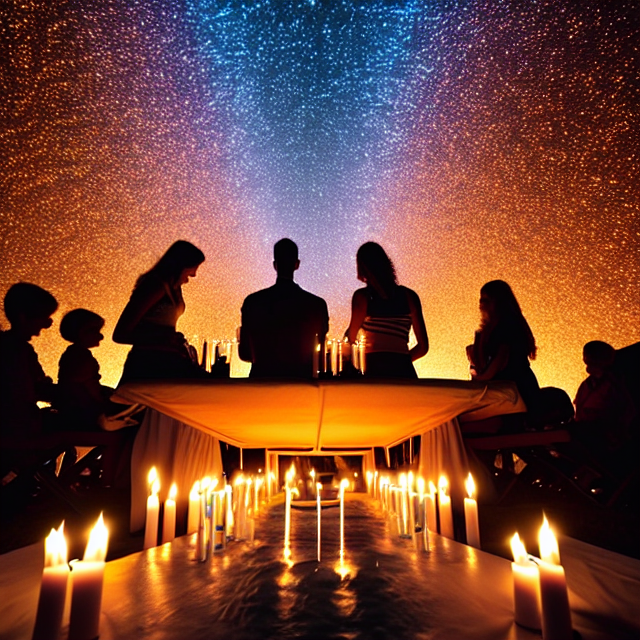
Blogs

When we lose someone we love, the pain can feel overwhelming. However, as we move through the grieving process, many find solace in keeping the memory of their loved ones alive. There are numerous ways to do this, each offering a unique form of comfort and connection. Today, let’s delve into two impactful ways: building memorials and establishing rituals, traditions, or celebrations.

Death, a subject often encased in societal taboos, carries an undercurrent of fear and anxiety for many. However, a detailed understanding of the body’s changes during the dying process can offer solace and a grounding reality. Today, we’ll explore the physiological mechanisms at play, breaking it down system by system. The aim is not to instill fear but to equip you with the knowledge that might make this inevitable experience slightly less daunting.

This week, we’ll be getting into some of the psychological aspects of death and dying. Navigating the psychological maze of dying can often seem like a complex, even enigmatic, task. While everyone’s emotional journey is unique, the Five Stages of Grief, introduced by Swiss-American psychiatrist Elizabeth Kübler-Ross, provide a blueprint that helps many understand the psychological complexities tied to dying, grief, and loss.




